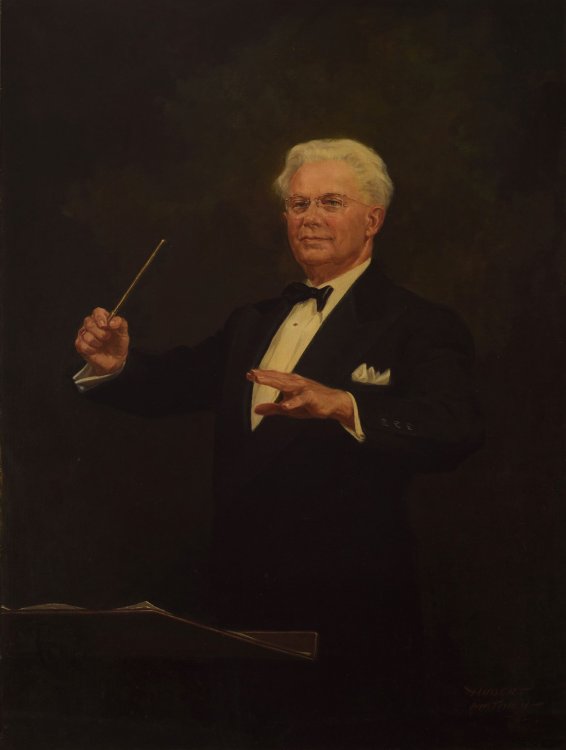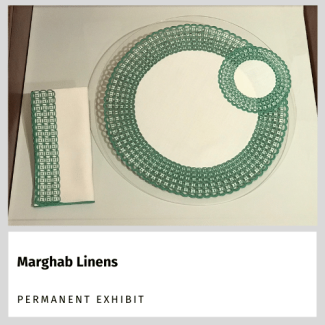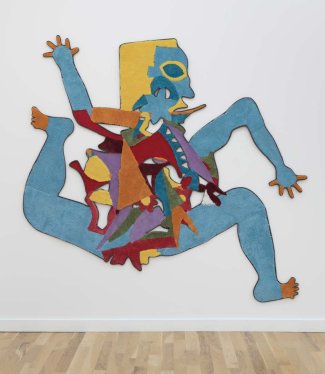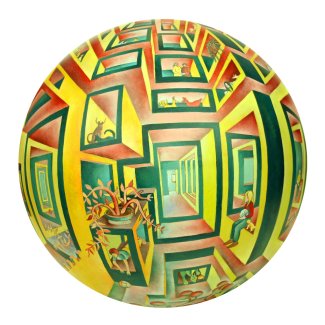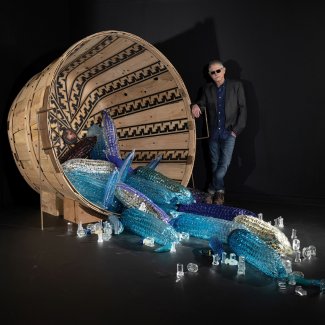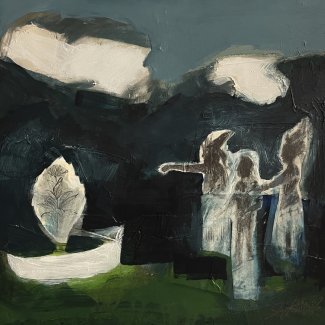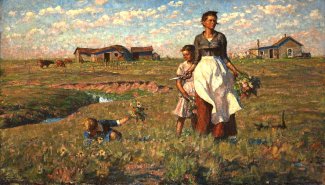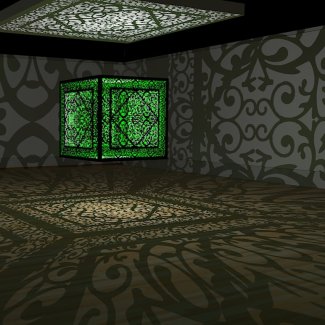Depicting the human form in art has a long legacy. From the time that abstracted figures started making appearances on smoke-stained cave walls, human beings have been a favorite subject of artists who depict the human body to convey truths and fictions about their subjects, about emotions and beliefs, about actions and memories.
"Pose | Repose" gathers artworks from the South Dakota Art Museum Collections that depict human faces and figures. Featured portraits depict subjects posed intentionally with direct gazes, symbolic objects and telling wardrobes. Other works reveal subjects in repose or in motion, underlining moments of our universal connectedness through posture. Additionally, nude studies reference the centuries-old artistic heritage of artists examining and depicting the human body.
Primarily gleaned from the Museum’s Collections, these artworks reveal the human form as depicted by many of South Dakota’s most important artists, including Ada Caldwell, Milton Kudlacek, Robert Lee Penn, Melvin Spinar and Martin Wanserski. A significant number of pieces on display are by two of South Dakota’s most renowned artists, illustrator Harvey Dunn and Yanktonai artist Oscar Howe, including two loaned works: Dunn’s Dakota Woman from the Dakota Wesleyan University collection and Howe’s "Woman Scalp Dancer" from a private collector.
Further, works like Stephen Briggs’ Central American photograph of a sleeping figure and Bryan Holland’s portrait of a European courtesan supersede the geographical and cultural constraints of the Midwest region. Others, such as pieces by Alice Neel and Alex Katz, reflect more modern practices and contemporary sensibilities while demonstrating broader representation within the Museum’s Collections.
According to popular thought, artists supposedly depict a little of themselves each time they illustrate the human form, perhaps in the shape of the eye, the curl of the lip, the length of the waist or the curve of a cheek. In this vein, we encourage you to look for and discover a bit of yourself in these subjects. We all exist within the human body, we share this bond of a corporeal human form--perhaps in this way we can experience shared truths and fictions, emotions and beliefs, actions and memories.
Comments
We really value visitor comments about South Dakota Art Museum exhibitions and your experience at the museum or here on our website. Please take a moment to send us your comments and let us know if we can share them here. We also appreciate visitor reviews on Google, Tripadvisor, Facebook and other social sites!
Credits
Support for this exhibition was provided by the Revell-Dickerson Endowment, the Carol E. & Alan R. Bender Endowment, and generous donors like you. Operational support for the South Dakota Art Museum is provided by South Dakota State University and the South Dakota Arts Council.


